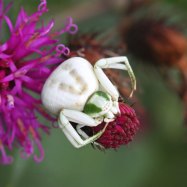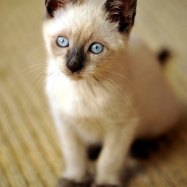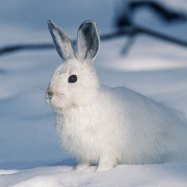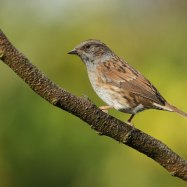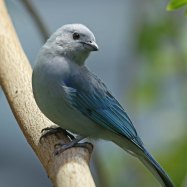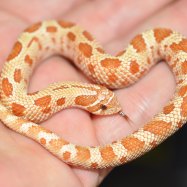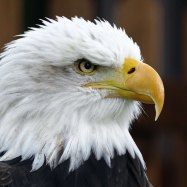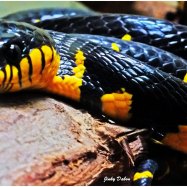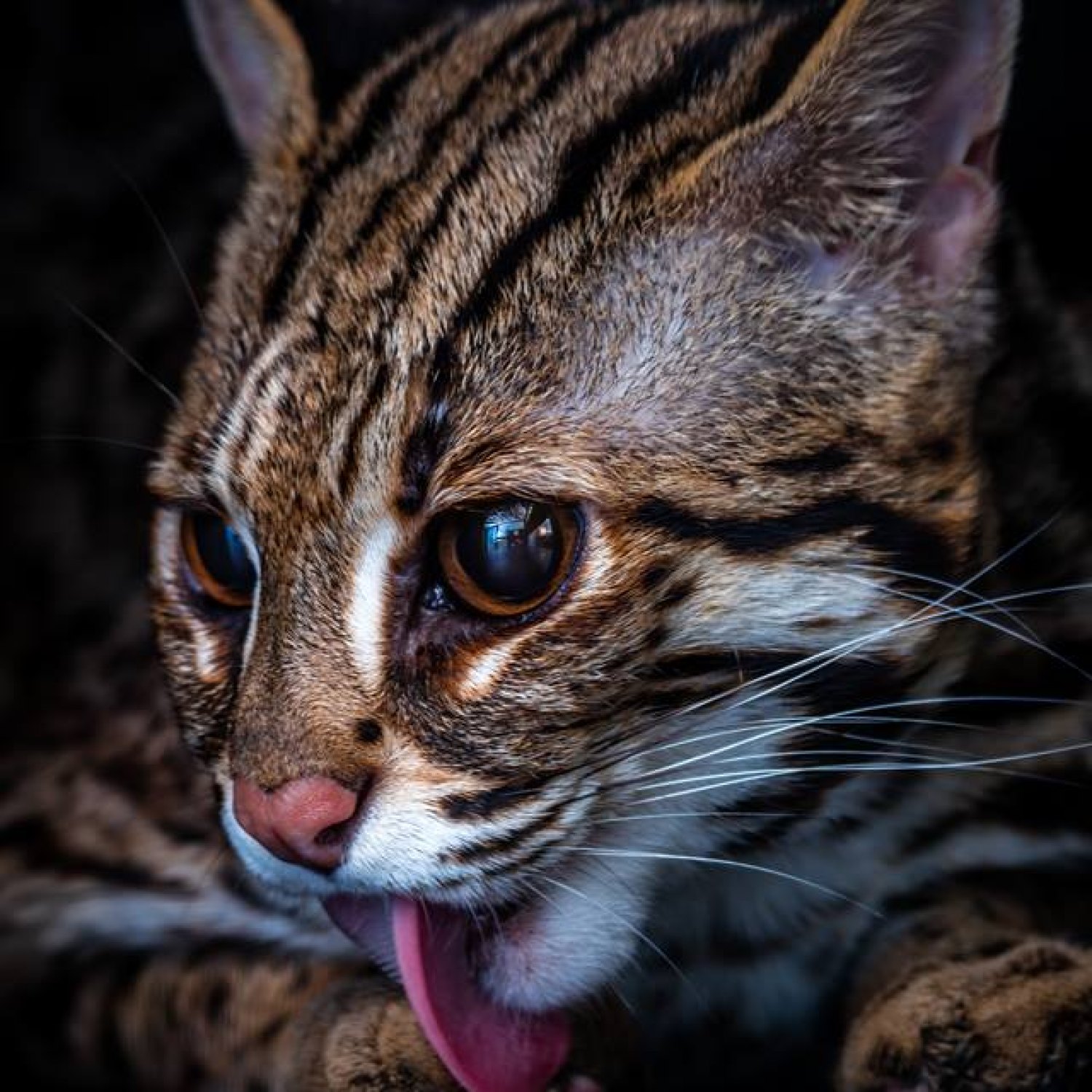
Leopard Cat
45-70 cm
. The elusive Leopard Cat, also known as Prionailurus Bengalensis, is a small and slender feline found in parts of Asia. With a body length of 45-70 cm, they are skilled hunters and their beautiful spotted fur serves as camouflage in their forest habitat. Unfortunately, their numbers are declining due to habitat loss and poaching. Let's work towards preserving this magnificent species for future generations to admire. #LeopardCat #PreserveWildlife #AsiaAnimals
Animal Details Summary:
Common Name: Leopard Cat
Kingdom: Animalia
Habitat: Forests, grasslands, and scrublands
The Elusive and Graceful Leopard Cat
Deep in the dense forests of Asia, a creature roams silently. Its spotted coat blends perfectly with the dappled sunlight filtering through the leafy canopy. With quick, graceful movements, it leaps over fallen logs, its sharp eyes scanning the foliage for any sign of prey. This is the leopard cat – a shy and elusive feline that is often overshadowed by its larger and more well-known relatives in the cat family Leopard Cat.Scientifically known as Prionailurus bengalensis, the leopard cat is also commonly referred to by its species name, Leopard Cat. While its name may suggest a resemblance to the majestic leopard, this cat is actually much smaller and has a distinctly different appearance. But despite its diminutive size, the leopard cat has captured the attention of researchers and wildlife enthusiasts alike with its fascinating characteristics and behavior.
A Closer Look at the Leopard Cat
The leopard cat is a member of the Animalia kingdom, the Chordata phylum, and the Mammalia class. It belongs to the Felidae family, which includes all species of cats. Within the Felidae family, the leopard cat is part of the Prionailurus genus, which also includes other small wild cat species such as the flat-headed cat and the rusty-spotted cat.As its name suggests, the leopard cat shares some physical characteristics with the leopard, such as its distinctive spotted coat. However, this cat is much smaller, with a body shape that resembles a domestic cat. It typically measures between 45-70 cm in length and weighs between 3-7 kg, making it one of the smallest wild cats in Asia Labahoula.
The leopard cat has a slender body with long legs and a long, bushy tail. Its most striking feature is its coat, which varies from yellow to brown in color, with black spots covering its entire body. These spots can be either rosette-shaped or solid, and they serve as excellent camouflage in its natural habitat.
A Habitat Fit for a Wild Cat
Leopard cats prefer to make their homes in densely forested areas, but they are also found in grasslands and scrublands. They are mostly found in parts of Asia, including India, China, Nepal, Bangladesh, Taiwan, and Southeast Asia. Within these areas, they are known to inhabit various habitats, from tropical rainforests to mountainous regions.These cats are incredibly adaptable and can thrive in a variety of habitats, including human-made environments. They are often found in agricultural fields, plantations, and even urban areas. This adaptability is a key factor in the leopard cat's successful survival in the face of human encroachment on its natural habitat.
The Carnivorous Diet of the Leopard Cat
As with all members of the Felidae family, the leopard cat is a carnivore. Its sharp claws, teeth, and powerful jaw make it a successful hunter, capable of taking down prey much larger than itself.In the wild, the leopard cat's diet consists mainly of small mammals such as rodents, birds, and reptiles. It is also known to hunt insects, fish, and even larger prey like pigs and deer. In rural areas, where human settlements and agricultural fields are prevalent, leopard cats have been observed preying on domestic chickens, making them a nuisance to farmers.
The Natural Language of the Leopard Cat
Like all cats, leopard cats are typically solitary creatures, only coming together during mating season. They are known to be mostly nocturnal but can also be active during dawn and dusk. Their keen senses of sight, smell, and hearing make them excellent hunters, and they have been observed stalking prey with utmost stealth and patience.Despite being solitary animals, leopard cats are vocal and use a variety of sounds to communicate. They emit deep, raspy growls and hissing sounds when threatened or fighting and produce soft, purring sounds when content. They also communicate through scent marking, rubbing their cheeks and bodies on trees and other objects to leave their scent and mark their territory.
The Threats Facing the Leopard Cat
With a widespread distribution across Asia, the leopard cat may seem like a thriving species. However, it faces several threats that are causing a decline in its population. One of the primary threats to the leopard cat is habitat loss due to human activities such as deforestation and agricultural expansion.Illegal hunting for its fur, meat, and body parts is also a significant threat to the leopard cat. Its fur is in high demand in the illegal wildlife trade, and it is often killed for traditional medicine or as a trophy. Additionally, the leopard cat is often trapped and killed by farmers due to its predation on domestic chickens.
Conservation Efforts for the Leopard Cat
Thankfully, there are efforts being made to protect and conserve the leopard cat. In many countries, it is legally protected from hunting, and its export is banned. Conservation organizations are also working to raise awareness about the threats facing the leopard cat and the need for its protection.In some areas, local communities are being actively involved in conservation efforts. Programs that provide alternative livelihoods, such as ecotourism and sustainable agriculture, have been successful in reducing conflicts between farmers and leopard cats. These initiatives not only benefit the leopard cat but also the local communities by promoting sustainable practices and preserving their natural resources.
The Role of NLP in Studying Leopard Cats
Natural Language Processing, or NLP, is a field of computer science that focuses on teaching computers to understand human language. While it may seem like a far cry from the world of wildlife, NLP has played a crucial role in studying leopard cats and other endangered species.One example is a study published in the International Journal of Advanced Research in Computer Science and Software Engineering, which explored the use of NLP in determining the geographic distribution and habitat suitability of the leopard cat. By analyzing a large dataset of ecological variables, the researchers were able to create a habitat suitability model for the leopard cat, providing valuable information for conservation efforts.
The Future of the Leopard Cat
Despite the threats facing the leopard cat, there is hope for its future. With increased awareness and conservation efforts, there is a chance for its population to recover and thrive once again. The adaptability and resilience of this small wild cat give us hope that it can continue to coexist with human communities and thrive in its natural habitat.As we continue to learn more about this elusive and graceful creature, we are reminded of the importance of protecting and preserving our planet's diverse wildlife. The leopard cat may be just one small species, but its presence in the intricate web of life in its habitat is crucial, and its conservation is essential in maintaining a healthy ecosystem.
So the next time you take a walk in the forest or encounter a domestic cat, take a moment to appreciate the beauty and uniqueness of the leopard cat and all the other wild cats that call this planet home. And remember, our actions today will determine their future, and it is our responsibility to ensure that these magnificent creatures continue to roam our forests for generations to come.

Leopard Cat
Animal Details Leopard Cat - Scientific Name: Prionailurus bengalensis
- Category: Animals L
- Scientific Name: Prionailurus bengalensis
- Common Name: Leopard Cat
- Kingdom: Animalia
- Phylum: Chordata
- Class: Mammalia
- Order: Carnivora
- Family: Felidae
- Habitat: Forests, grasslands, and scrublands
- Feeding Method: Carnivorous
- Geographical Distribution: Asia
- Country of Origin: Various countries in Asia
- Location: Leopard Cats are found in parts of Asia including India, China, Nepal, Bangladesh, Taiwan, and Southeast Asia.
- Animal Coloration: Yellow to brown fur with black spots
- Body Shape: Small and slender
- Length: 45-70 cm
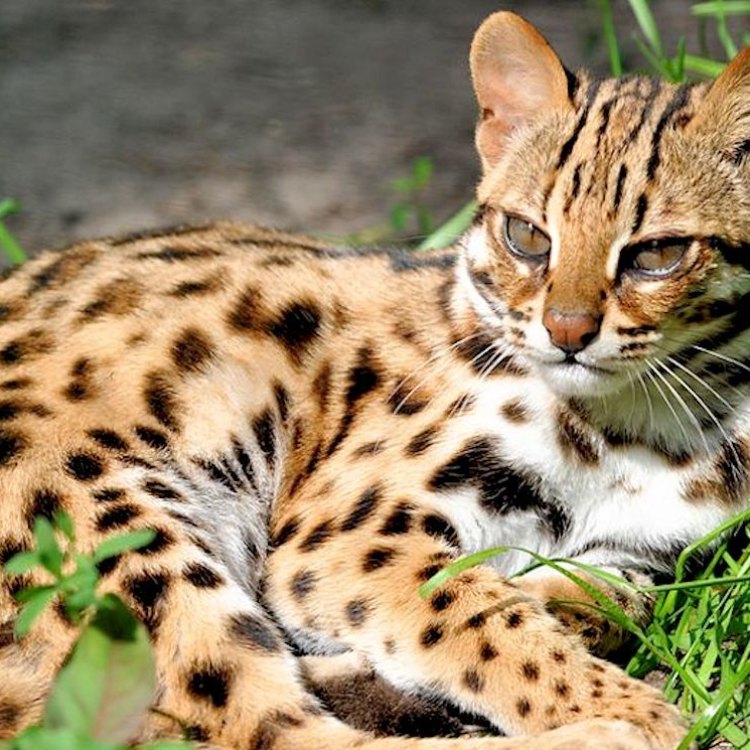
Leopard Cat
- Adult Size: Small to medium-sized
- Average Lifespan: 10-15 years
- Reproduction: Sexual
- Reproductive Behavior: Leopard Cats are solitary animals that come together only during mating season.
- Sound or Call: Leopard Cats make a variety of sounds including growls, hisses, and meows.
- Migration Pattern: Non-migratory
- Social Groups: Solitary
- Behavior: Nocturnal and secretive
- Threats: Habitat loss, poaching, and illegal trade
- Conservation Status: Least Concern
- Impact on Ecosystem: Leopard Cats play a role in the control of rodent populations.
- Human Use: Leopard Cats are sometimes kept as pets or used in the fur trade.
- Distinctive Features: Distinctive spots on body
- Interesting Facts: 1. The Leopard Cat is considered the ancestor of the domestic cat. 2. It is a skilled climber and swimmer. 3. This species is a solitary hunter that feeds mainly on small mammals, birds, and reptiles.
- Predator: Larger predators such as tigers, leopards, and pythons
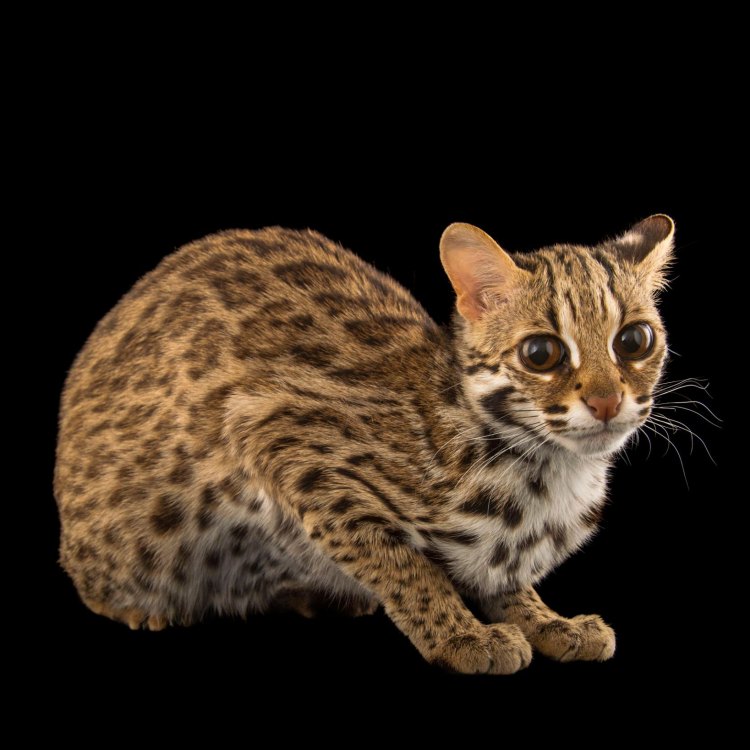
Prionailurus bengalensis
The Small but Mighty Leopard Cat: Discovering the Secrets of this Fascinating Feline
In the vast and diverse world of cats, there is one species that is often overlooked but deserves more attention for its unique qualities - the Leopard Cat. This small to medium-sized wild cat may not have the same fame as its larger cousins, but it is a remarkable creature with intriguing features and behaviors that make it stand out.From its distinctive spots to its ancestral connection to domestic cats, the Leopard Cat has much to offer for those interested in the fascinating world of felines. In this article, we will delve into the captivating world of this elusive and often misunderstood species, exploring its characteristics, behavior, and impact on the ecosystem PeaceOfAnimals.Com.
Size and Lifespan
Leopard Cats are small to medium-sized cats, measuring between 45 to 65 centimeters in length and weighing between 3 to 7 kilograms. While they may seem petite compared to their larger relatives, they are known for their agility and athleticism, making them skilled hunters and climbers.
These cats have an average lifespan of 10 to 15 years in the wild, but can live up to 20 years in captivity with proper care. While they are not considered endangered, their population has been steadily declining due to various threats, which we will discuss later in this article.
Reproduction and Behavior
Leopard Cats are sexual animals, and their reproductive behavior is quite unique. Unlike other cats, they are solitary creatures that only come together during the mating season, which occurs from January to March. During this time, male Leopard Cats will mark their territories with urine to attract females.
Once a pair has mated, the female will give birth to a litter of one to four kittens after a gestation period of around two months. The mother will care for her young until they are old enough to fend for themselves, after which they will go their separate ways Lesser Jacana.
Sounds and Migration
If you happen to encounter a Leopard Cat in the wild, you may hear a variety of sounds that they make. These include growls, hisses, and meows, with each one representing a different behavior. For instance, a growl is a warning sign, while a meow is used for communication between a mother and her kittens.
When it comes to migration, Leopard Cats are non-migratory animals. They prefer to stay in one place, and their territories can range from 2 to 5 square kilometers, depending on the availability of food and shelter.
Social Groups and Behavior
Leopard Cats are known for their solitary nature, and they are most active at night, making them nocturnal creatures. They are also secretive and elusive, making it challenging to spot them in the wild.
As solitary animals, Leopard Cats do not form social groups or pack structures. They prefer to live and hunt alone, avoiding interaction with other cats. However, they do communicate with each other through scent marking and vocalizations, as mentioned earlier.
Threats and Conservation Status
One of the most significant threats to Leopard Cats is habitat loss. With urbanization and land development, their natural habitats are disappearing, leaving these creatures with limited options for survival. Additionally, they are also hunted for their fur, which is used in the fur trade, and their body parts are sometimes used in traditional medicine.
In some areas, Leopard Cats are also illegally traded as exotic pets, which is another threat to their population. However, despite these challenges, the International Union for Conservation of Nature (IUCN) has classified the Leopard Cat as "Least Concern," which means their population is stable and not at immediate risk of extinction.
Impact on the Ecosystem
Leopard Cats may be small in size, but they play a crucial role in the ecosystem. As skilled hunters, they feed on small mammals, birds, reptiles, and insects, which helps to control rodent populations. This, in turn, helps to maintain the balance in the ecosystem, making them a vital part of the food chain.
Human Use: From Pets to the Fur Trade
As mentioned earlier, Leopard Cats are sometimes taken from the wild to be used in the fur trade. Their distinctive spotted fur is highly sought after, making them a target for poachers. This illegal trade not only threatens their population but also disrupts the balance in the ecosystem.
In some parts of the world, Leopard Cats are also kept as exotic pets, much like their larger relatives, such as the Bengal Cat. While they may seem like an exciting and unique pet option, it is important to note that these cats are wild animals and require specific care and environment to thrive. As such, it is essential to consider the welfare of the animal before deciding to keep one as a pet.
Distinctive Features and Interesting Facts
The Leopard Cat is easily recognizable by its distinctive spots, which gives it its name. However, it has other unique features that make it stand out among other wild cats. For instance, it is considered the ancestor of the domestic cat, and genetic studies have shown that domestic cats share 94% of their DNA with Leopard Cats.
While they may not be as well-known as other cats, Leopard Cats have a few exciting facts that may surprise you. Did you know that they are excellent climbers and swimmers? Their agility and adaptability allow them to navigate through trees and swim across rivers, making them extremely skilled hunters.
Another interesting fact about Leopard Cats is that they have a higher density of hair on their paws, which allows them to move silently and undetected. This, coupled with their nocturnal behavior, makes them elusive and challenging to spot in the wild.
Predators
Despite their agility and hunting skills, Leopard Cats do have predators in the wild. Larger predators, such as tigers, leopards, and pythons, pose a threat to these small cats. As such, they have developed various strategies to avoid these predators, such as staying hidden and being active at night.
In conclusion, the Leopard Cat may not be as popular as its larger and more well-known relatives, but it is a fascinating creature with many unique characteristics and behaviors. From its solitary nature to its impact on the ecosystem, this small but mighty cat has a lot to offer for those interested in the diverse world of felines. While their population may be facing threats, it is important to raise awareness about these amazing creatures and their role in maintaining the balance of our ecosystem.
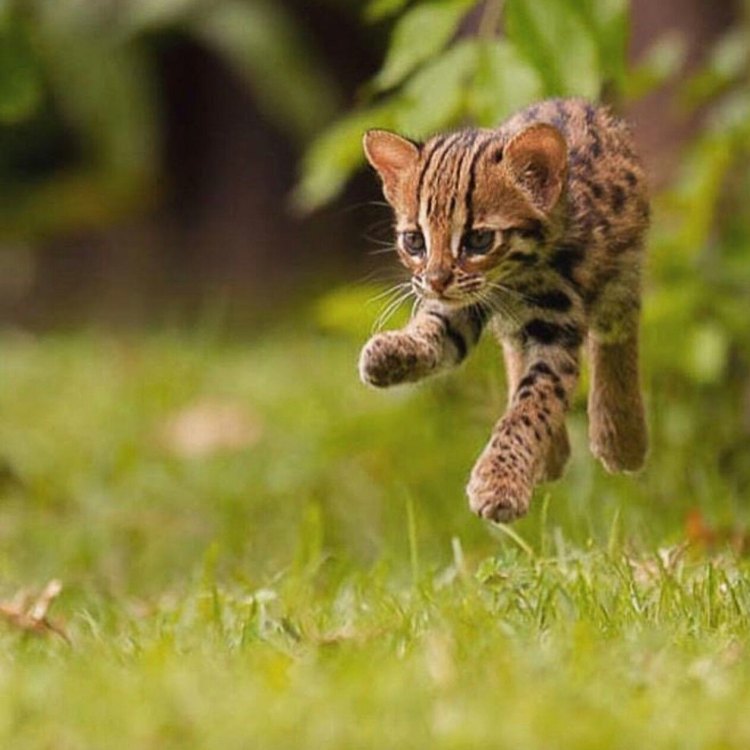
The Elusive and Graceful Leopard Cat
Disclaimer: The content provided is for informational purposes only. We cannot guarantee the accuracy of the information on this page 100%. All information provided here may change without prior notice.

